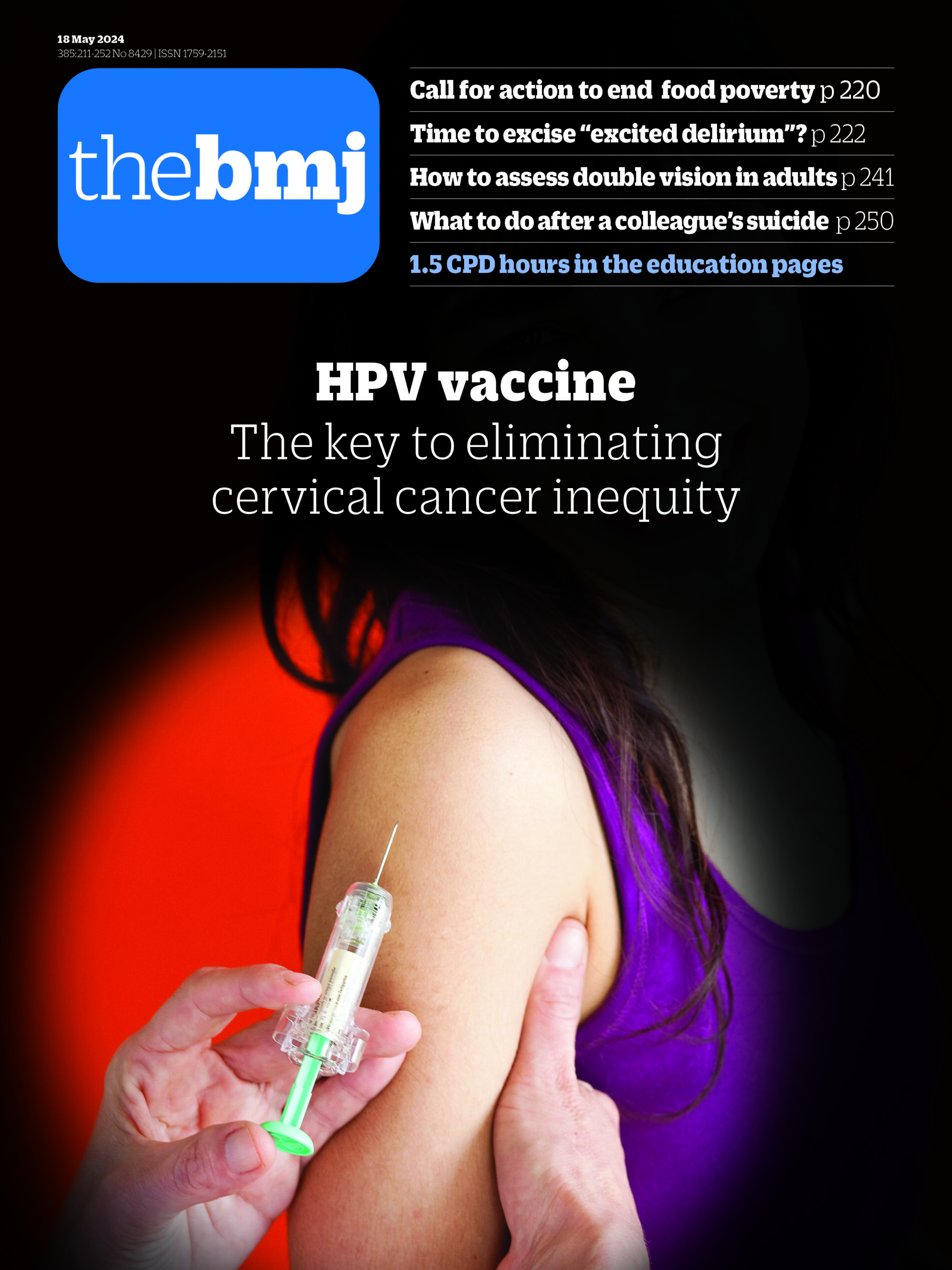TOPLINE:
iGlarLixi, a fixed-ratio combination of insulin glargine and the glucagon-like peptide-1 receptor agonist (GLP-1 RA) lixisenatide, improves glycemic control, with a low rate of hypoglycemia, in adults with inadequately controlled type 2 diabetes (T2D).
METHODOLOGY:
- The 2022 Consensus Statement from the American Diabetes Association/European Association for the Study of Diabetes suggests that a fixed-ratio combination therapy with GLP-1 RAs and basal insulin (BI) be used when personalized A1c targets are not met.
- Researchers assessed the real-world clinical outcomes of iGlarLixi, a once-daily injectable therapy, in 737 patients with T2D (mean age, 57.8 years; 49% men) previously inadequately controlled with oral antidiabetic drugs (OADs) with or without BI or GLP-1 RAs.
- The primary endpoint was a change in A1c levels from baseline to month 6 of treatment in 685 participants for whom baseline and post-baseline A1c values were available.
- The secondary endpoints included a change in A1c levels, fasting and postprandial glucose levels, and body weight at treatment months 6 and/or 12; achieving A1c targets at months 6 and 12; and iGlarLixi doses at baseline and months 3, 6, and 12.
- The percentage of patients with at least one episode of confirmed symptomatic or severe hypoglycemia and adverse events was also recorded.
TAKEAWAY:
- At month 6, the least-squares mean change in A1c levels from baseline was −1.4% (95% CI, −1.5 to −1.3).
- By month 12, both fasting and postprandial glucose levels decreased following treatment with iGlarLixi, with a least-squares mean change of −44.3 (95% CI, −47.6 to −40.9) mg/dL and −48.7 (95% CI, −52.8 to −44.7) mg/dL, respectively. Additionally, body weight was reduced by a mean of 2.2 kg.
- The iGlarLixi daily dose increased from baseline to month 12 with a mean absolute change of 7.6 (95% CI, 6.6-8.5) dose steps.
- Overall, 72 hypoglycemic events were reported, with only two (0.3%) patients experiencing severe hypoglycemia. At least one adverse event was reported in 18.1% of patients with none leading to death.
IN PRACTICE:
“This study shows the real-world effectiveness and safety of iGlarLixi for improving glycemic control, without an increase in body weight and a low number of hypoglycemia events over 6- and 12-month treatment periods in adults with T2D previously inadequately controlled with OADs ± BI [basal insulin] or GLP-1 RAs,” wrote the authors.
SOURCE:
The study, led by Rayaz A. Malik, PhD, Research Division, Weill Cornell Medicine-Qatar, Qatar Foundation, Education City, Ar-Rayyan, Qatar, was published in Diabetes, Obesity and Metabolism.
LIMITATIONS:
The number of patient visits was limited owing to the observational nature of the study, thereby reducing the accuracy of determining confounding factors and causality. The iGlarLixi treatment could not be compared with other treatments as the study was single-armed.
DISCLOSURES:
The study was supported by Sanofi. Many authors reported receiving honoraria for educational talks and being on advisory boards of several pharmaceutical companies. Some authors reported being employed with Sanofi, and another author reported being employed with a life science company.




